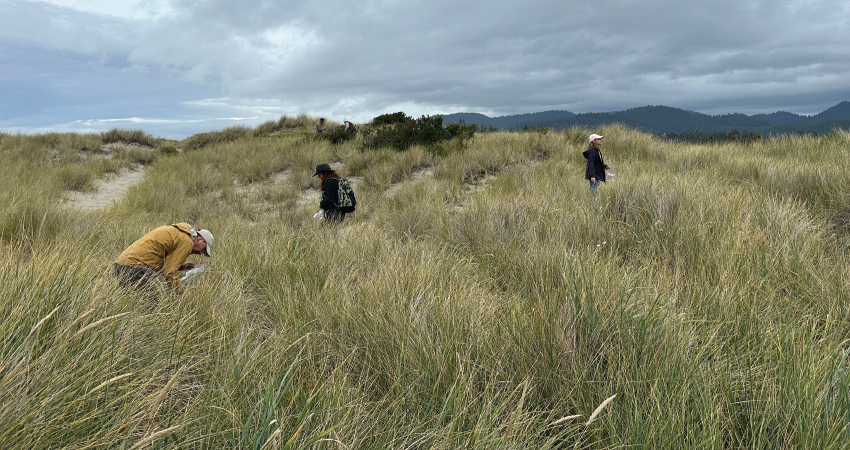Working in partnership with private and governmental stakeholders, is to improve the environmental health of local watersheds to benefit those who live and work within their boundaries and the fish and wildlife that depend on them.
Why is it important?
The Nestucca, Neskowin & Sand Lake Watershed Council preserves and enhances the environmental health of Oregon's 53-mile-long Nestucca River Watershed. The Nestucca watershed is a productive fishery resource, with many aquatic species, including the Pacific Giant Salamander and anadromous fish species including lamprey, salmon and steelhead.
Riparian areas are lands that occur along water bodies, like floodplains and streambanks. Their Riparian Restoration efforts are an extremely important component of healthy watersheds and ecological function because riparian areas provide critical habitat for wildlife, help filter pollutants, reduce stream bank erosion, and provides shade which regulates stream temperatures. The Council contributes to riparian restoration through invasive species removal and riparian planting of native plant species.
The Council’s habitat improvement projects provide vital habitat and refuge for juvenile and adult salmon and fish, stabilize shorelines, reduce erosion and help provide food sources and habitat for aquatic insects and wildlife. The Council also coordinates fish passage improvement projects which are instrumental in the Council’s efforts to improve the health of the watersheds. Removing or improving barriers to aquatic organism passage can open miles of spawning habitat, restore streams to a more natural state, and mitigate flood risks.










